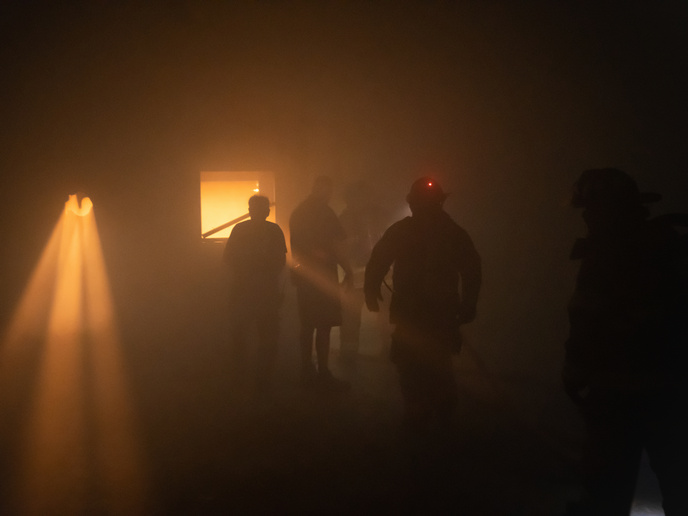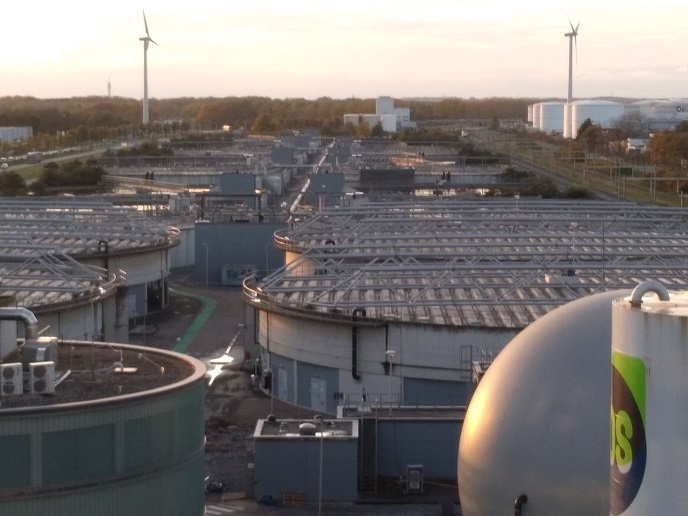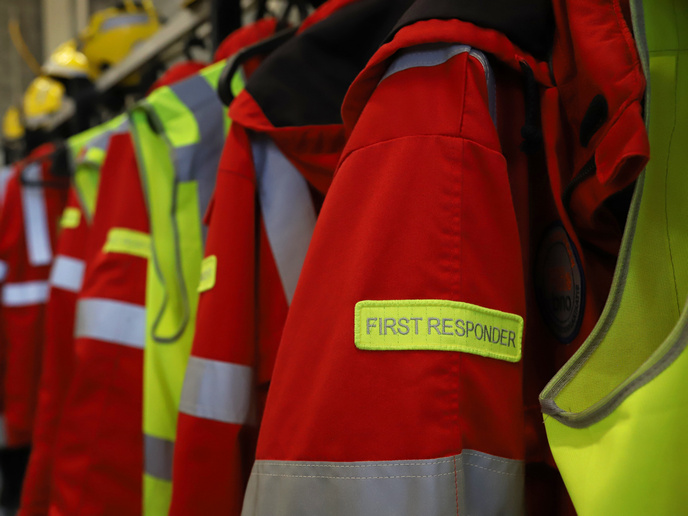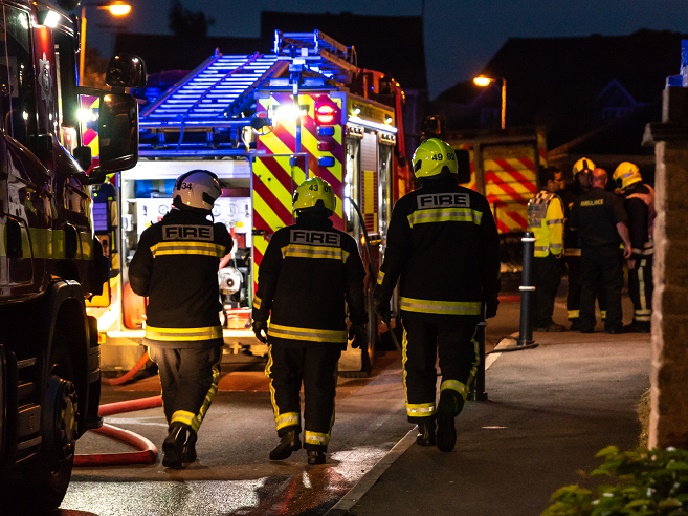How to empower first responders during emergencies
Besides calling them heroes, is there a way to make the job of first responders (FRs), e.g firefighters, police officers, paramedics, easier, safer and more efficient? These professionals play a critical role in protecting lives during emergencies, often in challenging conditions with limited infrastructure. The EU-funded RESCUER project has developed a toolkit to enhance their capabilities through cutting-edge technologies such as sense augmentation, infrastructure-less positioning and cognitive support interfaces. With the project completed in June 2024, the RESCUER toolkit offers a glimpse into the future of emergency response, where responders are more connected, situationally aware, and equipped to face adversity.
The time of the heroes
The RESCUER project introduced the enHanced nEw eRa first respOnder (HERO) concept, with the goal of improving first responders’ ability to operate in infrastructure-deficient, adverse conditions. Federico Álvarez, RESCUER’s project manager, highlighted that some of these innovations show ‘a promising performance’ and that there is great interest from first responders in adopting them in the coming years. Some tools can be industrialised in the short term, while others need further development due to the complexity of their application in challenging scenarios. While the RESCUER project demonstrated great potential, bringing cutting-edge technologies to the frontline was not without its challenges. Extracting environmental information in real time and adapting the tools for disaster scenarios required significant effort. Álvarez said: "The convergence of artificial intelligence, robotics, and sensor technologies holds promise, but the introduction of these technologies often encounters difficulties when tested in the field of emergency response." Real-world emergencies are unpredictable, and technology must be adaptable and resilient. Compatibility issues, user interface complexities, and the need for tools to function in harsh environments all posed obstacles. However, Álvarez emphasised the importance of ‘a collaborative approach’ that involved both technology developers and FRs.
The test for unpredictability
To ensure that the tools were fit for real-world applications, RESCUER followed a rigorous validation process, including pilot exercises designed to test the technologies in the field. Álvarez commented: "Pilot exercises in FR-centred research projects are complex and time-consuming events due to the necessary planning, preparation, and flexibility to conduct them successfully and overcome setbacks.” RESCUER organised 10 field trials, seven training sessions, and six pilots, testing the toolkit's components in diverse scenarios. The project also developed detailed evaluation methodologies to assess the performance of each tool, accounting for technical limitations such as battery life, which limited scenario duration to 45 minutes. Despite these challenges, the pilots provided valuable insights, enabling the team to refine the tools and ensure they met FR needs. Looking ahead, Álvarez expressed optimism about the next steps, indicating that the team expects to find new funding opportunities in the coming months. "We aim to continue the development of the most promising tools, with the purpose of developing their technology readiness level to higher values and closing the gap to be fully operational in emergency response," he explained. RESCUER is also in discussions with industrial partners and companies interested in converting the toolkit’s technologies into products that could be available to first responders within the next 2-3 years. The ambition is to turn RESCUER’s innovations into practical, regulated tools that can be widely adopted by emergency services across Europe.
Keywords
RESCUER, first responders, emergency, robotics, sensor technologies, disaster response







